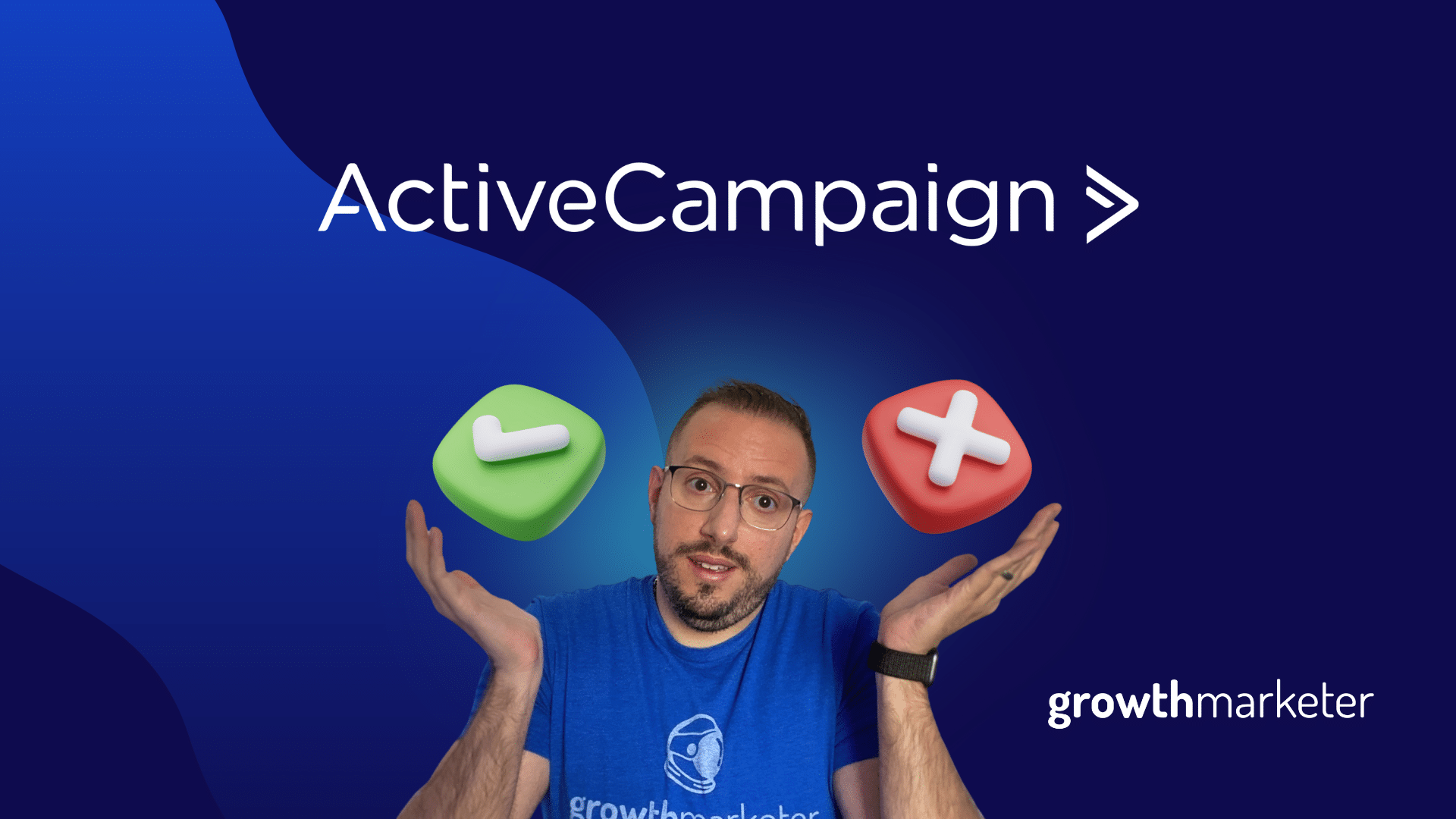Zapier is a powerful automation platform that makes connecting applications and automating tedious manual tasks easy. Marketers can use it to streamline workflows, increase efficiency, and save time.
With Zapier, marketers can manage complex marketing campaigns with ease. For example, you could set up Zaps that automatically send out emails when someone subscribes to your mailing list or add contacts from one CRM system to another. This helps marketers stay organized and track all their customer data in one place rather than manually entering data into multiple systems.
Zapier also makes it easy for marketers to quickly build custom integrations between different web applications, helping them create unique customer experiences. With Zapier, marketers can trigger automated messages in response to specific user actions or set up notifications when a customer completes a purchase or interacts with an advertisement.
Growth Marketers use Zapier to improve their workflow by automatically creating surveys, quizzes, and forms and collecting customer feedback on social media platforms like Twitter and Facebook. They can even connect content management systems like WordPress with email campaigns, so they don’t have to copy-paste the same texts over and over again manually.
In short, Zapier has become an essential tool for modern-day marketers who need efficient solutions for organizing and managing their marketing campaigns across multiple channels. With its ability to connect different web services and automate complicated tasks, there’s no reason why any marketer shouldn’t be taking advantage of this fantastic platform.
What is Zapier?
Zapier is an intelligent automation platform that connects more than 4,000+ web apps and services and lets you automate your daily workflow.
It makes it easy to move data between online services, send notifications via SMS, email, or other means, and automate manual tasks easily and quickly. For example, you can connect two of your favorite web applications and trigger an automated action whenever something changes in either one of them.
With Zapier, you can create integrations between hundreds of different web applications without writing a single line of code. This makes it the perfect tool for business owners who need more time or the technical know-how to build custom integrations between their various systems.
So how does it work? In its simplest form, Zapier consists of “triggers” and “actions.” Triggers are events that happen in one app that trigger an action to be performed in another app which could include sending an email notification or updating a database record. Actions are what happens when a trigger occurs – like sending out an email or adding data to a spreadsheet. Each integration has its own set of triggers and actions which allows users to perform automated tasks quickly and easily.
To use Zapier, you only need access to the internet and some basic knowledge about how different web applications work together. Once you’re set-up, you can start creating automations immediately — no coding required.
Zapier is here to make our lives easier by taking tedious manual processes off our hands so we can focus on what matters – running our businesses efficiently and accurately.
How to Learn More About Zapier
The first step is familiarizing yourself with Zapier’s user interface. It’s divided into two main parts: triggers and actions. Triggers are events that happen in one app, while actions are what happens when a trigger occurs. For example, you could set a trigger so that whenever someone signs up on your website, they get an automated email message sent out to them.
Once you understand the user interface and how triggers and actions work together, it’s time to start connecting apps and creating integrations. You can do this by going through the list of available apps within Zapier or by typing in the name of the app you want to connect to in the search bar. Once you find the app you want to connect to, click on it and follow the prompts to complete the connection process.
Once your applications are connected, you can start creating your custom automations without needing any coding skills whatsoever! To get started, select which type of action you would like to take once a specific trigger occurs; there are plenty of options, including sending emails, updating CRMs, publishing blog posts, and more.
Learning how to use Zapier takes some practice, but it can be done fairly quickly with some patience and dedication. The best thing about Zapier is that regardless of what type of business you’re running or which web applications/services you’re already using – there’s almost always something that can be automated with Zapier!
Zapier Resources for Marketers
Lastly, here are a few helpful resources created explicitly with marketers in mind:
Zapier’s Guide to Marketing Automation Tools – A guide full of great information on how marketers can use Zapier to automate processes and save time.
Zapier’s Tutorials for Marketers — A collection of step-by-step guidance on automating your top marketing tasks and apps.
Zapier’s Top Marketing Apps & Software — A list of the most popular marketing apps on the platform.
Zapier University — While not marketing-specific, this is the best place to learn everything you need to know about automation and how to become a master Zap-maker.
Conclusion
To summarize, Zapier is a powerful automation platform that makes it easy for marketers to streamline their workflows and reduce manual errors. With Zapier’s intuitive user interface, a wide range of integrations, and the ability to connect multiple applications, marketers can save time and improve productivity.
With some patience, dedication, and help from the resources shared in this blog post, you should have no problem getting started with Zapier.





